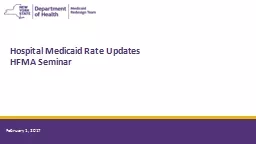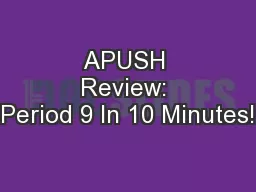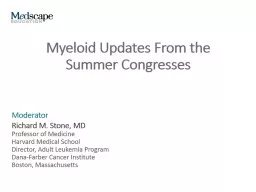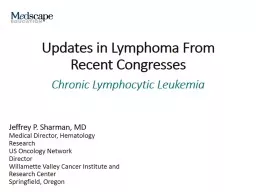PPT-Recent Updates and Debates in PE Care
Author : pongre | Published Date : 2020-11-06
David Kirk 1222015 i cubootcampcom Triage Massive Shock gt Thrombolysis Submassive No RV strain gt Routine Anticoagulation Massive PEs Need thrombolysis CHEST
Presentation Embed Code
Download Presentation
Download Presentation The PPT/PDF document "Recent Updates and Debates in PE Care" is the property of its rightful owner. Permission is granted to download and print the materials on this website for personal, non-commercial use only, and to display it on your personal computer provided you do not modify the materials and that you retain all copyright notices contained in the materials. By downloading content from our website, you accept the terms of this agreement.
Recent Updates and Debates in PE Care: Transcript
Download Rules Of Document
"Recent Updates and Debates in PE Care"The content belongs to its owner. You may download and print it for personal use, without modification, and keep all copyright notices. By downloading, you agree to these terms.
Related Documents














